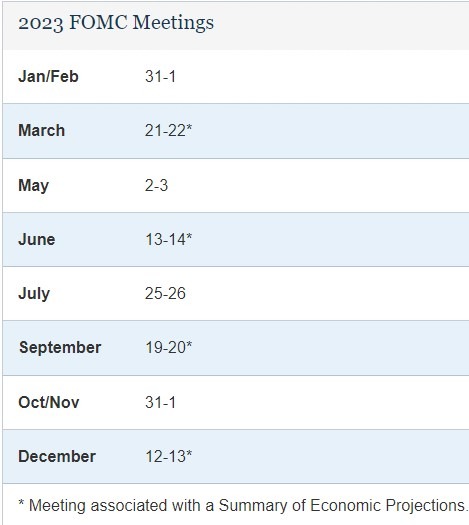An unsurprising assessment from RBC Economics on the US data on Friday. The data links are in this post ICYMI:
On the report in brief:
- Headline employment grew by a smaller 209k in June in the U.S., smaller than the downwardly revised 306k in May. The unemployment rate ticked lower and hours worked among private sectors were up a bigger 0.4%.
- And a still-tight labour market has been working against easing in wage growth. Wages grew 4.4% from last year in June in the U.S., still well above the 2.5% average rate in the decade pre-pandemic. That was also the sixth month that wage growth held around that level. Indeed, easing in wage growth appears to have lost the downward momentum after moderating from the peak rate of 5.9% in March 2022.
- Still, early signs suggest that labour demand has been slowing from very elevated levels. Job openings keep trending lower and so have quits rate (on balance) among private sector employees.
And on Federal Open Market Committee (FOMC) implications:
- We continue to expect that the surge in interest rates since early 2022 will slow demand for workers before driving unemployment higher later this year. But easing in labour demand has not yet shown up in any of the headline numbers.
- As noted in the meeting minutes for the last FOMC decision in June, policymakers still view current labour market conditions as too tight, and wage gain too elevated for inflation to sufficiently return to the 2% target overtime.
- We expect the Fed to hike the fed funds rate by 25 bps in July.
The FOMC meet July 25 and 26:




